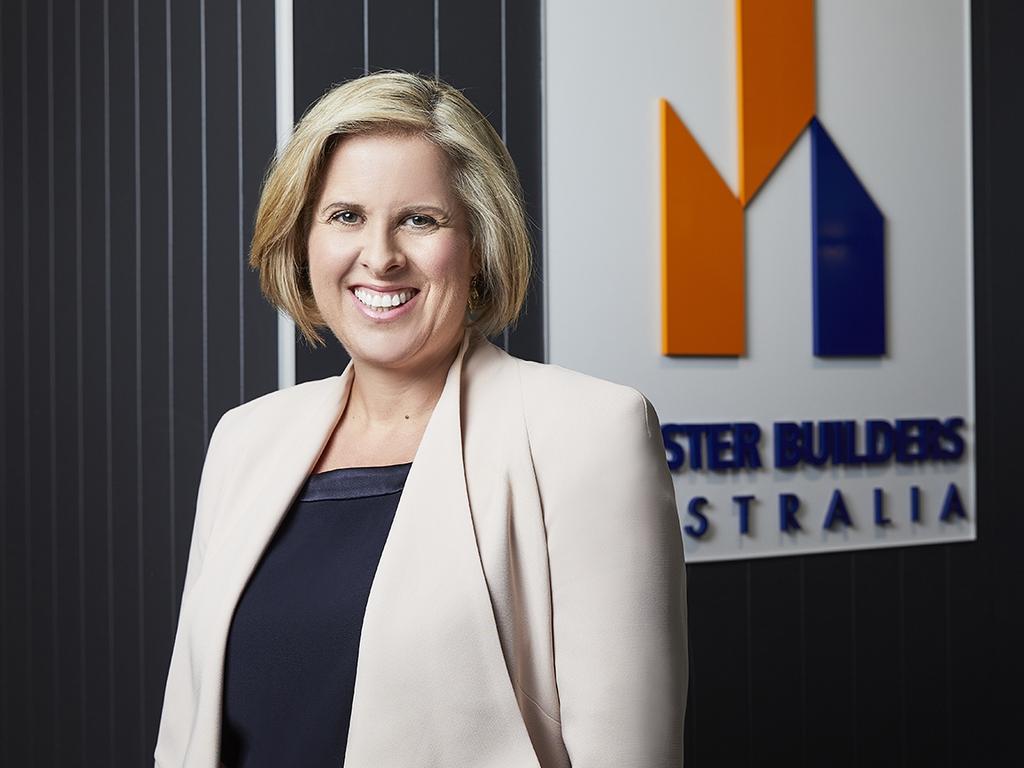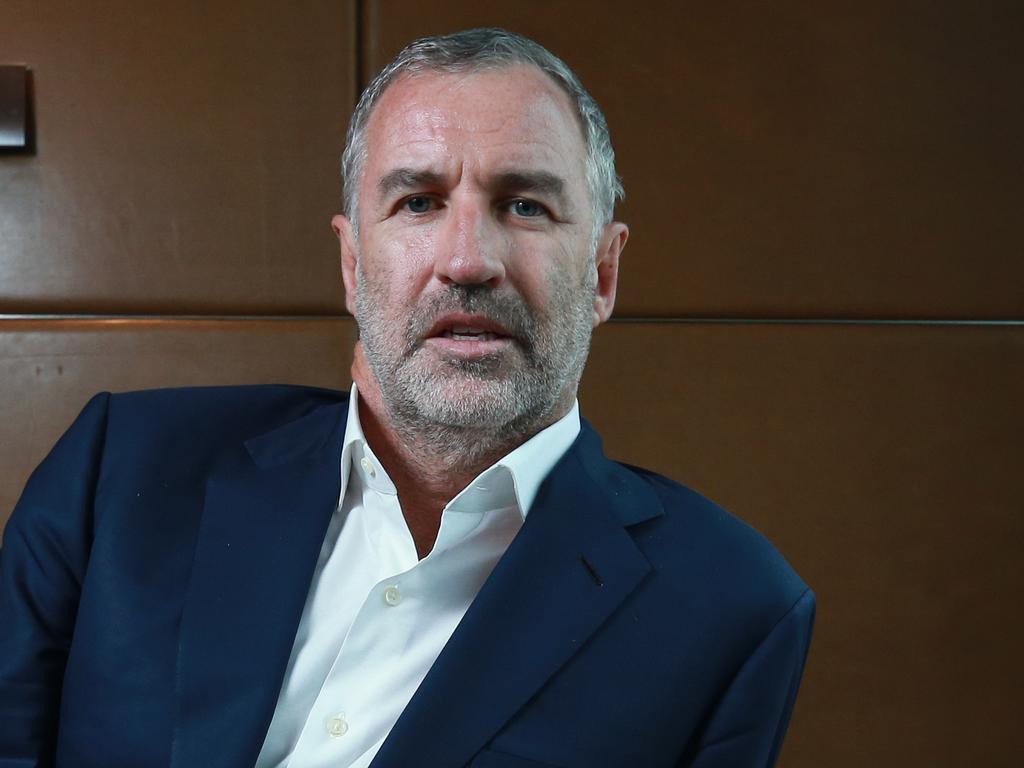Budget 2020: Marketing hope for a brighter future
On Tuesday the Treasurer will lift one final veil to woo his audience. Whatever it is, it promises to be a budget like no other.

At this moment, Scott Morrison and his Treasurer have the green light to spend whatever it takes to get the economy rolling and, if they can manage that, the Coalition is on a path to a fourth term. Budgets are living, breathing political platforms and the Morrison government is supremely attuned to what voters want.
“This budget is about the here and now,” Frydenberg tells Inquirer on Friday, his arm snapping out to draw attention to a dozen binders that contain months of toil. “This budget is about making the lives of families better.” Immediately? “Immediately. And creating hope. And building for the future.”
Of course, the principals behind this spendathon will demur and use words like temporary, targeted and proportionate to explain the numbers. But the pandemic has rendered those terms as bendable as a banana kick from the forward pocket. The $5bn cash surplus for 2019-20 estimated last December matured into a $85bn deficit; the pre-pandemic estimate for 2020-21 was a $6bn surplus but on Tuesday the estimate will be for a cash shortfall well north of $200bn.
What’s another dozen billion when even the Reserve Bank governor is urging governments to borrow for infrastructure and job creation? While the budget is not Philip Lowe’s patch, he’s joined at the policy hip with his Treasury counterpart, Steven Kennedy. They have no choice: taxing and spending are going to have to do more work to manage the economic cycle.
“Interestingly, fiscal policy will be more powerful in these settings,” Kennedy told a Senate committee after the July economic and fiscal update. “It is highly likely that fiscal multipliers are larger when interest rates are near zero and are expected to remain there for the foreseeable future. In other words, the usual crowding out features of fiscal policy are much less pronounced.”
Such fiscal freedom is a blessing for a politician on the make and a curse for a competent policymaker, the two warring sides within any national leader or aspiring one. With no plausible budget constraint for the time being, the only policy limit is imagination, the Senate notwithstanding.
Morrison and Frydenberg are holding a high-pressure spending hose, about to spray money far and wide over an ailing economy that shrank by 7 per cent in the June quarter, putting millions of workers on emergency income support. Some of that funding was tightened this week as JobKeeper and the coronavirus supplement were each cut by $300 a fortnight. Still, the reason Canberra can intervene now is due to a “fiscal buffer”, as Treasury calls it, built by a two-term budget repair strategy, underpinned by bracket creep, strong export prices, and a steadfast Finance Minister about to sign off on his final budget.
Given the volume of economic stimulus and policy intervention coming down the chute, the Prime Minister and Treasurer have elongated the traditional pre-budget marketing and early release good news. Twelve days before the budget, Frydenberg delivered the eulogy for the Coalition’s long-held fiscal framework. On Thursday, Morrison hit the National Press Club with his manufacturing master plan.
Much of the recovery and jobs creation plan has been revealed. Yet on Tuesday, a near naked Treasurer will lift one final veil to woo his audience. A monster-sized tax cut? Perhaps a wage-subsidy scheme and investment allowance for the ages? Whatever it is, we’ll finally see what happens when a one-time party director turned marketing man meets an uber-pragmatist who adjusts to the political centre like a human spirit level.
We saw some of this intricate political overlay in Frydenberg’s first budget in April last year, delivered on the eve of an election most people thought would be won by Bill Shorten and Labor. The Treasurer’s sell then was fiscal rectitude in wiping out debt over a decade, a fistful of personal income tax cuts and no new taxes. “Tonight, I announce that the budget is back in the black and Australia is back on track,” Frydenberg declared, the adrenaline pumping. It was a good line, written by the Treasurer himself. It was a near-run thing. Australia missed a surplus by $700m in 2018-19 in a budget worth $500bn. “Balance” just doesn’t have any zing. Up against Shorten’s maxi-program of social and green spending, a “living wage” and tax penalties on asset owners, the Coalition’s game looked small, if sensible.
Yet that budget was crafted with the precision of a relentless operative, like Morrison was when he ran the NSW Liberal Party two decades ago. In that pre-election budget, in some ways Morrison’s fourth, the Coalition overtly pinpointed groups and electorates it needed to win at the ballot box. In the post-election narrative, Morrison would call them his “quiet Australians”.
That budget provided cash giveaways to pensioners for power bill relief and carparks for suburban commuters, as well as marginal-seat moves such as a regional deal and fast rail for Geelong and new hospital spending in Townsville. As Daniel Andrews proved with rail crossings in Victoria, micro-targeted projects that improve life in communities can be winning electoral strategy in vote-swinging suburbia.
Yet the micro-focus got out of hand. As the Australian National Audit Office found in January, “there was evidence of distribution bias” in the $100m Community Sport Infrastructure Grant Program overseen, if that’s the right word, by former sports minister Bridget McKenzie. “The award of funding reflected the approach documented by the minister’s office of focusing on ‘marginal’ electorates held by the Coalition as well as those electorates held by other parties or independent members that were to be ‘targeted’ by the Coalition at the 2019 election,” the Auditor-General said.
To some extent this is old-school pork-barrelling, supercharged by modern data techniques. But it also goes to Morrison’s signature approach to government. In a June 2017 speech when he was treasurer, Morrison said the rules of the game had changed, driven by voters. Government was now about convincing Australians you were “on their side”, he told the Liberal Party’s federal council.
He noted that after Brexit and the election of Donald Trump, “politics across the globe has been turned on its head”. “The public is demanding to be better heard, better understood, and to ensure we focus on what matters to them, not us. And above all they want results,” he said. “The challenge for us as Liberals is to come to terms with the fact that it is no longer about convincing Australians to be on our side but to convince Australians that we are on theirs.”
The address came a few weeks after delivering a budget that whacked the five big banks with a levy on borrowing. “Nobody likes you anyway,” Morrison told the institutions that had been blindsided by their conscription into budget repair. A few months later the banking royal commission was established.
As one veteran of post-budget research recalls, during the Howard-Costello years operatives would be out in the field immediately to test what voters thought about measures — say, tax cuts, a superannuation sweetener, pension rise, family tax boost or baby bonus. Now that method is front-loaded, deployed at every stage, with an emphasis on market-testing the product before it is released into the wild.
Last year, to make a deeper connection with voters, Frydenberg declared the budget was based on traditional values such as thrift, fairness, enterprise, aspiration, personal responsibility, reward for effort and intergenerational equity. In a sea of dry econo-speak, and after years of political dysfunction in the “Canberra bubble”, party pollsters were telling the Prime Minister and Treasurer an appeal to values would cut through. A source familiar with the Coalition’s research activities says elements of the budget and its messaging have been tested with voters.
“The measures in the budget reflect what we have worked through with Treasury as being the priorities for the country,” says Frydenberg, scanning the handwritten notes scattered around a meeting table in his Parliament House suite. “My focus in preparing this budget has been all about one thing: how to get people back to work. And every measure has been tested against that objective.”
The Prime Minister says this is perhaps the most important budget since World War II. Nothing will be ruled out because of ideology if it can get the job done, says the veteran political insider. But Treasury officials, who have to be attuned to the next crisis as well as this one, have urged the government to leave something in the tank.
“This is not an invitation to spend in an untrammelled fashion,” Kennedy told the Senate’s COVID-19 inquiry two month ago. “The intersection of the quantity of the fiscal policy response, be it through tax measures or spending, and the quality of that spending or tax measures will determine our future success. And, at an appropriate time, moving back toward a balanced budget will be essential to driving quality decisions.”
According to a source familiar with the preparation of the budget, the Treasurer will present a generous package that zeros in on the immediate needs of ordinary people “who are doing it tough through no fault of their own”. Frydenberg will try to market hope for the future, which is in short supply everywhere, and champion enduring values.
This is how budgets and policy are being made and communicated in the time of corona. “Morrison and Frydenberg need to be able to show people the way out of the recession,” says a former Liberal minister. “Not simply in a narrative sense but through stimulus and reform policies that actually work.”
To bend Harold Macmillan’s response to a reporter, results, dear boy, results. The test, political and economic, in an era of fear, pain, mass unemployment and plummeting confidence is not salesmanship or empathy but basic competence in getting Australia through the storm of a century.








There has never been a budget like the one Josh Frydenberg will reveal on Tuesday. It will have a million moving parts, an Everest-like debt profile and economic forecasts as wobbly as jelly. Who can say how quickly social restrictions will be lifted, when tourists and foreign students will be allowed to come here again or whether an effective vaccine will emerge? But we know this: the delayed COVID-19 fiscal extravaganza on October 6 is at heart a “buy now, pay much later” political transaction.